| Description: |
| Description: |
| Incamake: |
| Description: |
| Description: |
| Incamake: |
| Description: |
| Description: |
| Incamake: |
| Description: |
| Description: |
| Incamake: |
| Description: |
| Description: |
| Incamake: |
Historically, Bugesera was an uninhabited region of Rwanda, covered by dense forests and rife with tsetse flies. After the 1959 revolution, however, many Tutsis were forcibly relocated to the Bugesera region.
Early Violence 1959-1962
On 22nd November 1959, a decision was taken to remove Tutsis from certain areas of Rwanda (Ruhengeri, Gisenyi, Gitarama, and Gikongoro). They were to be relocated to the Nyamata Refugee Camp in Bugesera, where there was plenty of uninhabited land.
Nyamata, however, was considered unsuitable for human settlement and the Tutsi refugees complained and requested to return to their own homes. The Union Nationale Rwandaise (UNAR) political party made a formal request to the United Nations General Assembly in December 1960 to close both the Nyamata and Kibungo Refugee Camps. Likewise, the UNHCR wrote to the administrator of the camps requesting that the refugees be allowed to return to their homes so that they could harvest their crops. Despite these efforts on behalf of the refugees, the government did not allow their return and they were forced to remain in Bugesera.
First Republic 1st July 1962 – 4th July 1973
During the First Republic under the leadership of President Grégoire Kayibanda, these Tutsi were forced to remain in Bugesera. The Inyenzi attacks of the 1960s were followed by arrests and killing of Tutsis throughout the country, but especially in Bugesera. When the Inyenzi rebels were defeated, more than 200 Tutsis were killed in Bugesera, under the pretext of being accomplices of the rebels. More were killed later. At the same time, Tutsis were arrested and incarcerated in Ruhengeri Prison.
Throughout the First Republic period, Tutsi were persecuted in Bugesera as elsewhere in Rwanda. They were called snakes, wolves, enemies, colonizers, and other names intended to dehumanize them as an ethnic group. They lost rights to their properties because their land had been confiscated, forcing them to live in the Nyamata forests. Children were excluded from public secondary schools and adults were prevented from taking employment in public administration.
Towards the end of the Kayibanda regime in February and March 1973, discrimination and persecution increased. Tutsis were forced out of schools and from any remaining employment in public service institutions.
Second Republic – 5th July 1973-6th April 1994
After President Juvénal Habyarimana took power in 1973, he introduced the policy of ethnic equilibrium, which further entrenched discrimination and persecution of Tutsis, especially in the areas of education and employment. These polices to an extent formalized what had been taking place for some time and had been referenced in political speeches by Dominique Mbonyumutwa, the first (provisional) president of Rwanda, and by instructions from Kayibanda to the Minister of Education in 1971.
When the RPF Inkotanyi invaded Rwanda on 1st of October 1990, persecution of the Tutsi across Rwanda increased. The government incited hatred of Tutsis by accusing them of being accomplices of the Inkotanyi. Hate speech became prevalent including in some church sermons. Anti-Tutsi propaganda was developed, which characterised Tutsis as unscrupulous and untrustworthy and as the people who oppressed the Hutu during the colonial period.
In 1992, persecution of the Tutsi in Bugesera carried many of the hallmarks later associated with the genocide in 1994. Interahamwe militias (associated with the MRND political party) and Impuzamugambi militias (associated with the CDR political party) attacked Bugesera, killing many Tutsis and causing others to seek shelter in Nyamata Church. At the time, an Italian nun named Antoinette Locatelli, who was serving as the headmistress of the Section Familiale, tried to inform the international community that the Tutsis of Bugesera were being massacred. The former bishop of the Kigali Catholic Archdiocese, Vincent Nsengiyumva, tried to silence her, saying that if she continued she would be murdered. Despite these threats, however, Locatelli continued to denounce the killings in Bugesera, and she was subsequently shot dead by a military officer.
The periodic killing of Tutsis became a looming threat of the Habyarimana regime, which he would invoke each time there was a RPF Inkotanyi attack. In 1993, an international inquiry accused President Habyarimana of using the civil war as a justification to massacre the Tutsi population in Kibilira, Bigogwe, Mutara, Bugesera and other regions.
Genocide 6th April 1994 – 19th July 1994
Following the assassination of President Habyarimana on 6th April 1994, the genocide commenced in Bugesera almost immediately. On 7th April, extremists started burning down Tutsis houses in Nyamata, but as there were many Tutsis in this area they tried to defend themselves. By 11th April many Tutsi had left their homes and gathered within the grounds of Nyamata Primary School. Women and children had taken refuge in the church, while others were at the Centre d'Enseignement Rural et Artisanal Integré (CERAI).
Killings began at CERAI on the morning of 11th April using similar tactics to those implemented in other parts of Rwanda. They first surrounded the area where the Tutsis had gathered, threw grenades into crowds and then fired at them with available guns. They then sprayed capsicum over the dead bodies to check if anyone was still alive and killed those that were with machetes.
Claire Nkima, a survivor of the CERAI killings says that she lay amongst the dead bodies until Tutsi refugees that had been hiding in nearby classrooms came that evening and retrieved her. The survivors of the attack made plans to escape to Gitarama or Burundi, but most did not escape because the killers had established roadblocks to finish their work.
Between the 14th and 16th April, approximately 5,000 Tutsis were killed inside Nyamata Church. Of the few that escaped from the church, they took refuge in nearby bushes and papyrus fields, but later many were found and killed by militia search parties until the RPF Inkotanyi finally liberated Bugesera.
Nyamata Genocide Memorial
After the genocide, following negotiations with leaders of the Catholic Church in Rwanda, the government converted the Nyamata Church into a memorial site. The memorial is composed of a chapel in which victims’ clothes are displayed, along with the weapons used to kill them. Beneath the chapel there is a room displaying the remains of those killed in the church. Mass graves are situated behind the church, with a vault that houses the skulls of victims and other human remains. In addition, the memorial site includes the grave of Antoinette Locatelli, with a placard explaining her life and work in Rwanda, and her eventual murder on the 9th March 1992. President Paul Kagame posthumously bestowed upon Locatelli a medal of honor on the 4th July 2010, during the ceremonies of the 15th anniversary of Liberation Day.


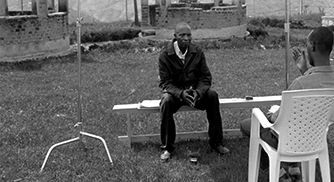
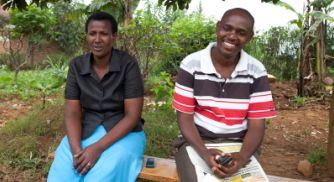
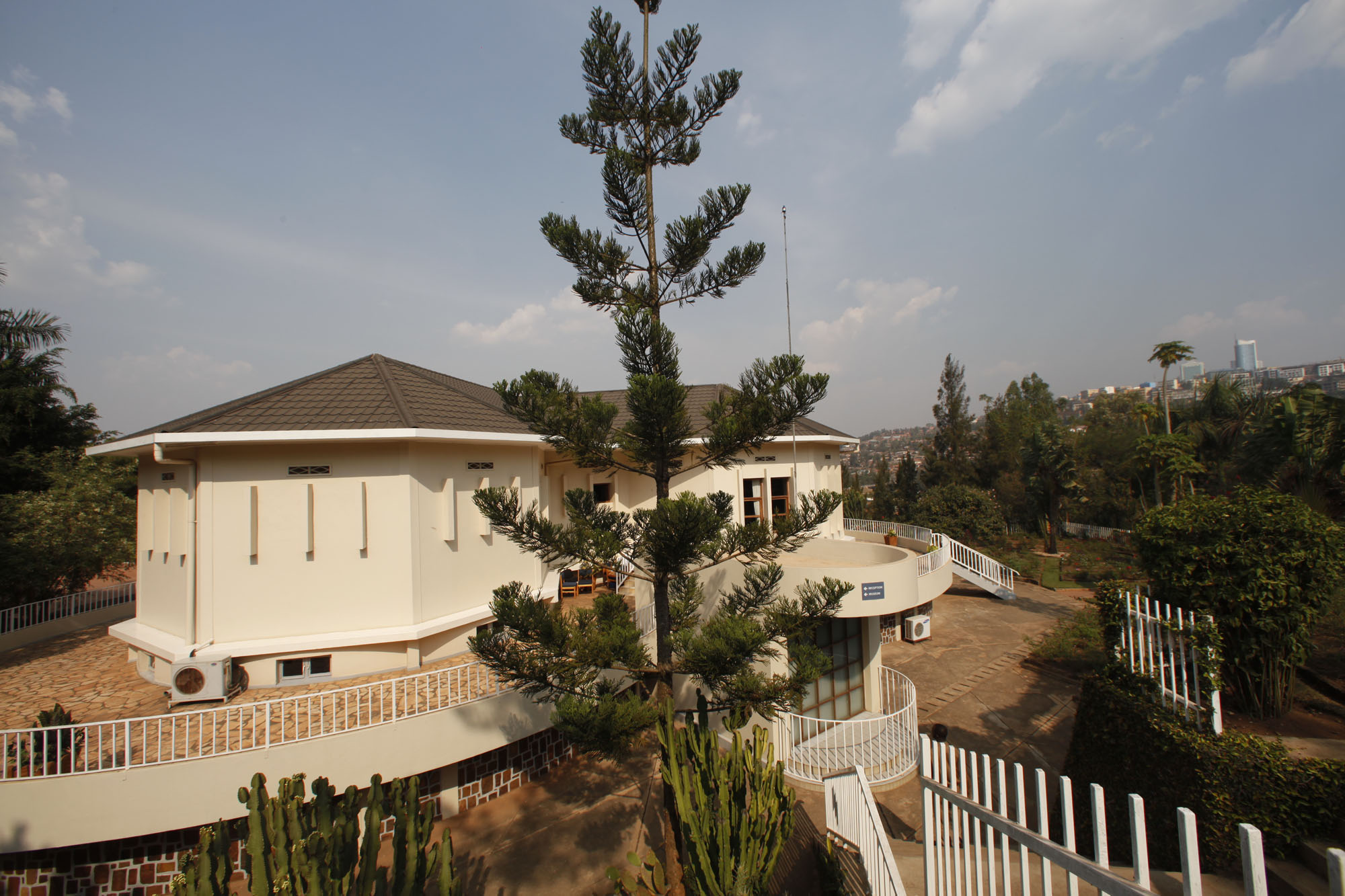
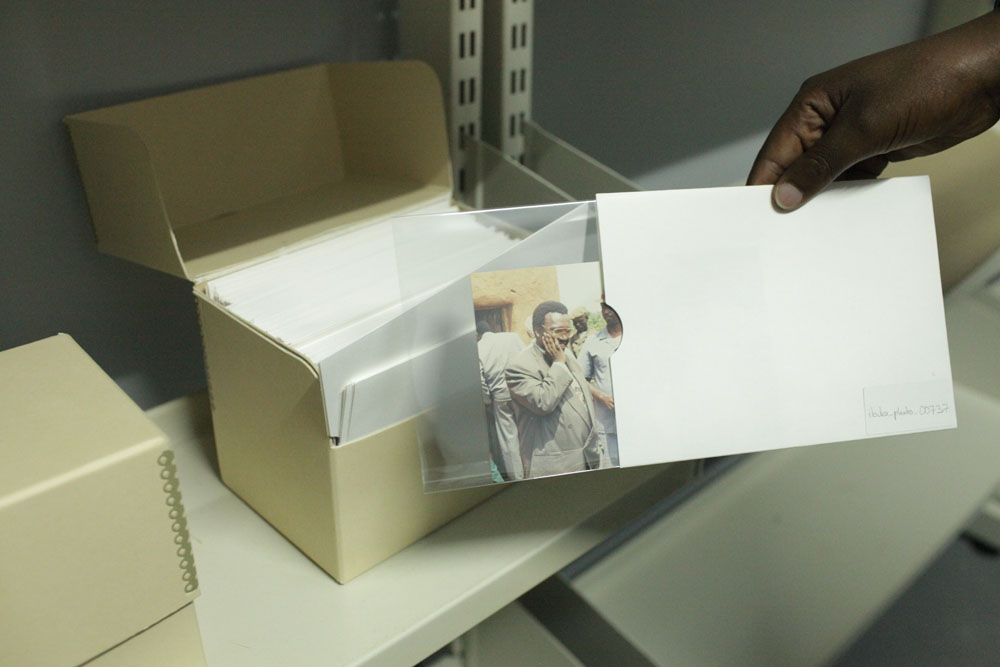
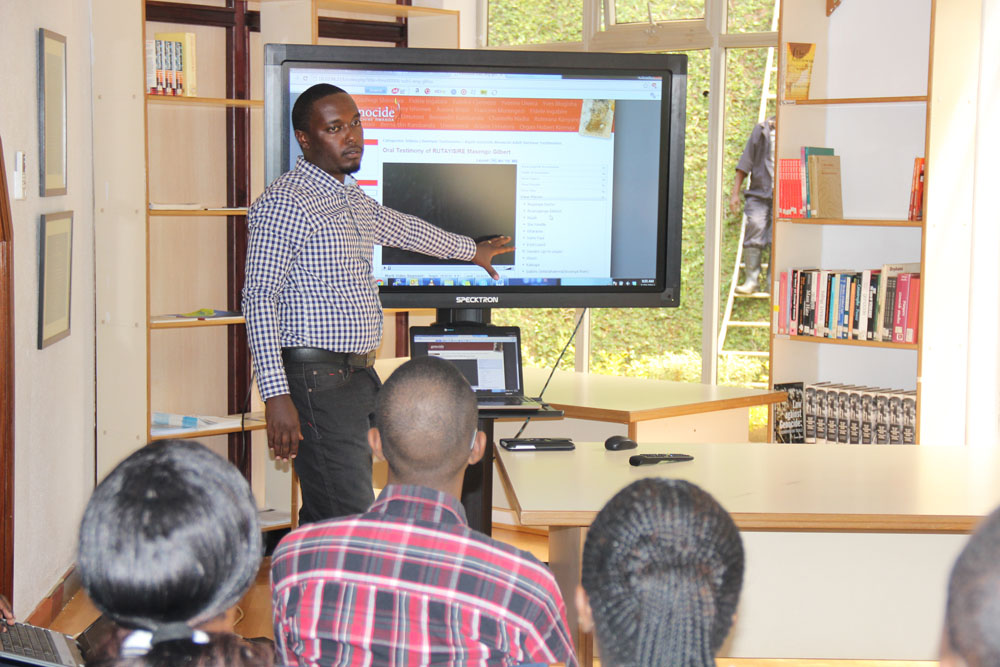

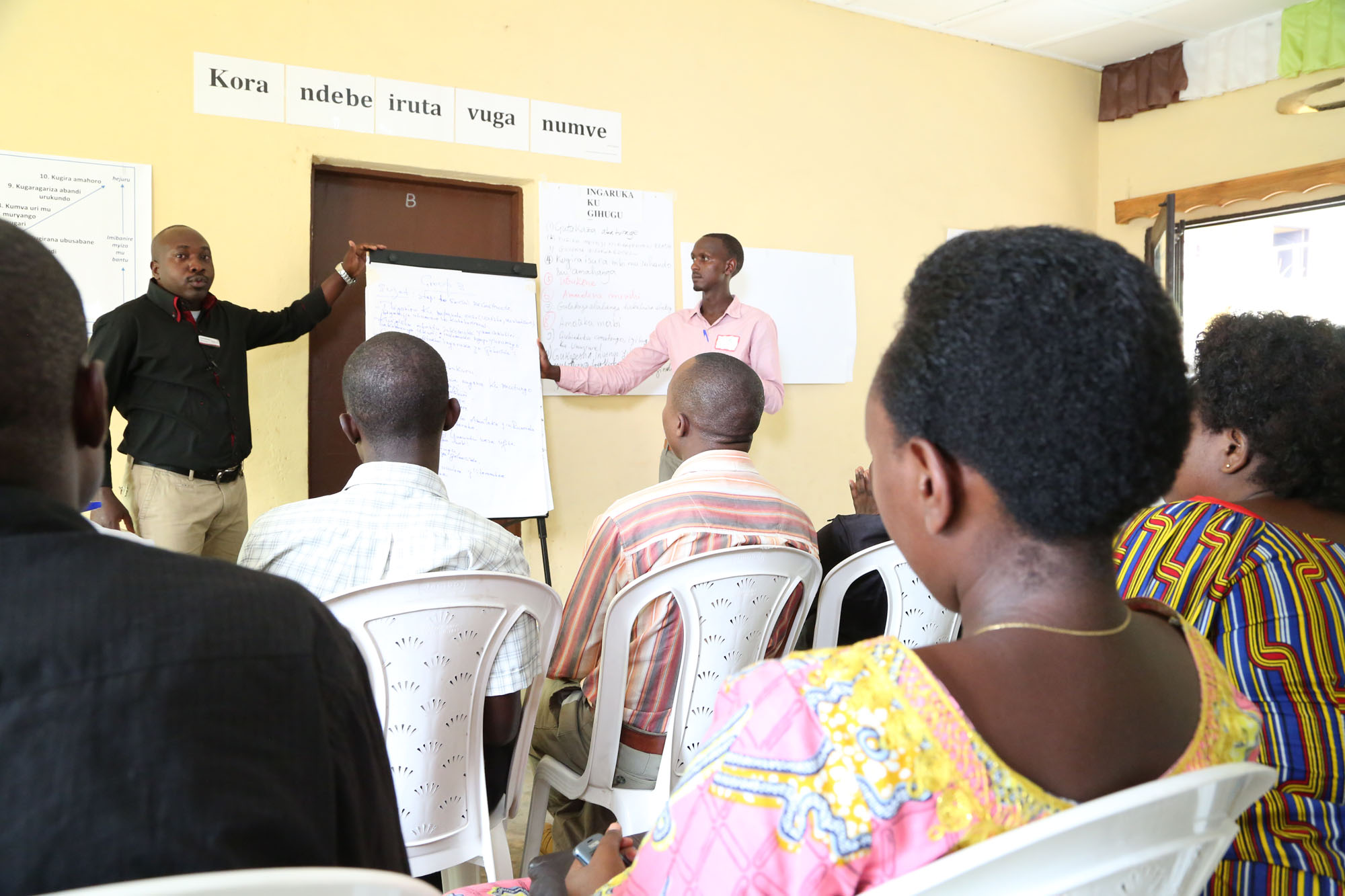


.jpg)
.jpg)
.jpg)
.jpg)
.jpg)
.jpg&rsargs[]=502&rsargs[]=)
.jpg&rsargs[]=502&rsargs[]=)
.jpg&rsargs[]=502&rsargs[]=)
.jpg&rsargs[]=502&rsargs[]=)
.jpg&rsargs[]=502&rsargs[]=)
 Share this gallery
Share this gallery
.jpg&rsargs[]=180&rsargs[]=180)
.jpg&rsargs[]=180&rsargs[]=180)
.jpg&rsargs[]=180&rsargs[]=180)
.jpg&rsargs[]=180&rsargs[]=180)
.jpg&rsargs[]=180&rsargs[]=180)